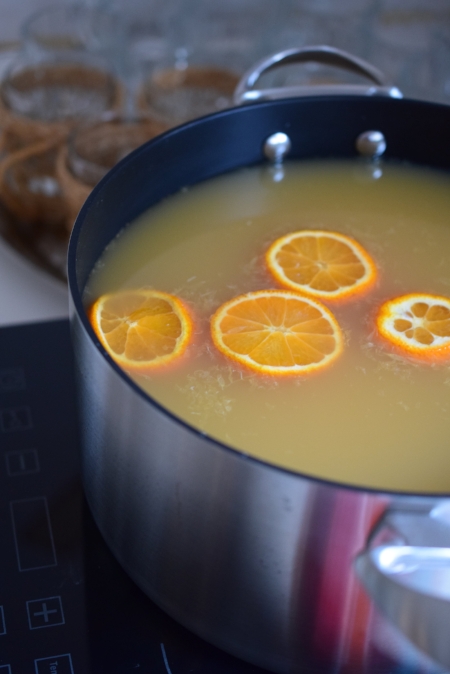One of my favorite tools in the kitchen, is a roll of parchment paper! And, I say tool because, to me, parchment paper is a true workhorse in the kitchen. From creating a nonstick surface for those delectable chocolate chip cookies, to easy clean up when roasting and even lining your Bundt and cake pans, parchment paper is a must have in my kitchen! Today I share some additional tips for using parchment paper and encourage you to pick up a roll on your next trip to the market!
Cookies: This is an obvious one, but save your pans, and cookies, by lining the baking sheet with parchment paper. They even carry pre-cut parchment paper which fits the large baking sheet perfectly!
Brownies & Bars: Line your bar pans with parchment paper keeping an overhand on both sides to easily lift items out! This way, you save your pan from cutting inside the pan and scratching it, and there is no waste! Check out this post for how to create a parchment overhand. By the way, I have some delectable recipes for both: Espresso Brownies, and Key Lime Bars.
Gifts: Wrap baked cookies or mini loafs and secure with butcher twine for a fun and rustic gift idea.
Baking or Grilling Fish or Veggies: Secure veggies or delicate fish in parchment paper for a great way to bake or even grill a healthy meal with minimal cleanup! Just make sure you salt, pepper and oil the protein or veggies first. By folding and “securing” the top of the parchment around the protein, you create a moist environment which will perfectly cook whatever lay inside.
Wrapping Cookie Dough: Ever make more cookie dough than you need? Since when has that been a problem! Roll dough into a log and secure with parchment paper. Tie off both ends and your dough will stay nice and fresh in the freezer or fridge, When ready to enjoy, simply remove the parchment and slice cookies for perfectly round cookies ready for baking.
Compound Butters: Restaurant-style compound butter is a synch to make and can easily be stored in parchment paper instead of plastic wrap. Watch my video here.
Lining & Separating Cookies, Lemon Bars, or even Hamburger patties! Need to separate layers of burgers, cookies or ooey-gooey bars? To prevent them from sticking to one another, cut parchment paper into squares and use as a divider between each item.
Muffin Liners: Want to make muffins but don’t have muffin liners? Cut parchment paper into large rounds and use a cup or your hands to push down inside the tin. I like to first spray the tin so the parchment has something to hold onto, but try it both ways!
Lining your Kitchen Scale: Need to weight raw meat for your backyard BBQ? Line your scale with a piece of parchment paper and add the raw meat right on top. When you’re done, simply toss the parchment paper and voila, no dishes!
Pizzas: With your pizza stone in the oven or barbequing straight on the grill, transferring pizza on parchment paper is much easier as the pizza won’t stick to the pizza peel as it goes in the oven. Plus, if your making individual pizzas, guests can write their names on the parchment paper so you know whose is whose.
Grill Pans or Grill Presses: Looking to prevent an ooey gooey mess from the melted cheese and butter on your grill pan? Consider placing a piece of parchment on the top and bottom of your sandwich and press. Grill marks will still show but the mess will not!
Tortilla Press: Cut 2 pieces of parchment paper to fit inside your tortilla press. Add one pieces on the bottom, add your tortilla ball, add the second piece of parchment on top, and press. This way the parchment will keep the tortilla from sticking to the press. Watch my video, How to Make Homemade Corn Tortillas, here.
Sushi: Don’t have a sushi roller? Use parchment to help securely roll your sushi instead!
Chocolate Dipped Anything: Need a place to transfer those delectable strawberries, pretzels or berries after being dipped in chocolate? Consider parchment paper! Once the chocolate sets, they will easily remove from the parchment paper.
For other terrific tips and hundreds of recipes, visit my website (thetabletogether.com). While there, consider “subscribing” and I will send a new tip or blog post directly to your inbox every Tuesday and Wednesday morning!
P.S. Make sure you check out my YouTube channel, The Table Together with Tiffany Lewis, solely dedicated to bringing all of these fantastic tips and recipes to life!
Cheers to starting a new tradition around The Table Together!
Sincerely,
Tiffany Lewis
Founder and true believer in the power of bringing people around The Table Together!

















